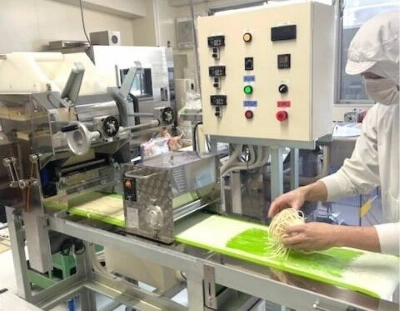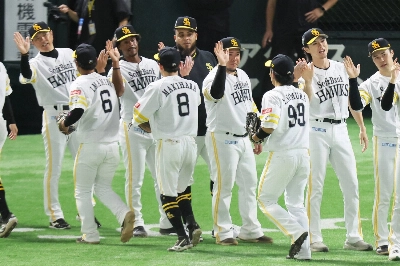This story is part of a package on university museums. To read the introduction, please click here.
Japanese botanists of a century ago made it their mission to gather plant specimens from far and wide to create a herbarium. Wherever they went, they would draw and describe specimens in detail, then place each one carefully between sheets of newspaper to dry and press them for mounting.
The botanists at Tokyo Imperial University in the early 20th century thought of themselves as pioneer collectors in their field and obviously the point of their hard work was the plants.
So it is perhaps ironic that now, at the University Museum of the University of Tokyo, the botanical specimens they collected aren't the center of attention -- it's the newspapers once used to preserve them.
The museum's ongoing exhibition, titled "Propaganda 1904-45: Between Modernism and Totalitarianism," displays more than 440 pages from different Japanese newspapers from the first half of the 20th century. And the exhibition is just the tip of the iceberg: From huge stacks of "waste" in the botanical section of the museum, curators discovered 100,000 editions of some 300 different old newspapers.
"These newspapers are specimens of cultural history we came to possess along with the specimens of science history," said Professor Yoshiaki Nishino, the exhibition's organizer.
Because botanists went all over the country as well as to Sakhalin, Korea and Taiwan, the "findings" include many rare and unique journalistic specimens. Although some are nearly a century old, they are remarkably well preserved thanks to the stable conditions in which the botanical specimens were stored.
Newspapers are often called "the first drafts of history," and indeed many of the exhibits here vividly bring historical events to life. Among some of the most striking headlines are ones announcing Emperor Meiji's death in 1912, the Great Kanto Earthquake in 1923, the enthronement of ("The Last Emperor") Pu Yi in the Japanese puppet state of Manchukuo on March 1, 1934 and the Emperor Showa's surrender at the end of World War II on Aug. 15, 1945.
But newspapers aren't just recording news; they are also advertising vehicles. It is fascinating to be able to peruse the designs and language used to promote the then-latest products and services, which to us now also reflect people's values and the atmosphere of those times.
Among the products advertised are moisturizing lotions, candy and beer bearing brand names that are still around today. But one sign of the changing times is a 1928 ad for a hair dye with an illustration of a woman in her kimono. In the copy, readers are assured that this product "will return reddish hair to a natural black" to match the fashionable hairstyle of the day -- which is totally the opposite from today's trend. Also of interest is a 1934 newspaper ad for a wine which shows six hands holding up glasses together in a toast that reads: "Congratulations to the Great Imperial Manchukuo." At the bottom of the page is the handwritten plant memo of a botanist.
In addition to the newspapers obtained from the botanical specimens, the exhibition also has on display more than 100 non-Japanese newspapers from the same period, including the Bulletin Dada published in France in 1920 and a 1937 copy of Pravda from the USSR.
Since newspapers are soon disposed of once they have been read, it is unusual for so many to have been preserved in such good condition. Even libraries and media research institutions tend to store them as microfiche copies, since their focus is the content rather than its form. However, Nishino said, the original materials can reveal many things.
He stressed that this is an example of what a university museum can do with its unique position of having access to the resources of various fields. It's all a matter of perspective.
"New studies naturally grow out of the huge collections of university museums, assembled by so many predecessors," Nishino said. "When you look at these resources in a different light, they start to shine." (S.K.)
For other stories in our package, please click the following links:
Universities put on a show
Rural revelations and a sake to go
Woe betide the accused
Drop by and tune in to a world of music
Wherever you may be



















With your current subscription plan you can comment on stories. However, before writing your first comment, please create a display name in the Profile section of your subscriber account page.